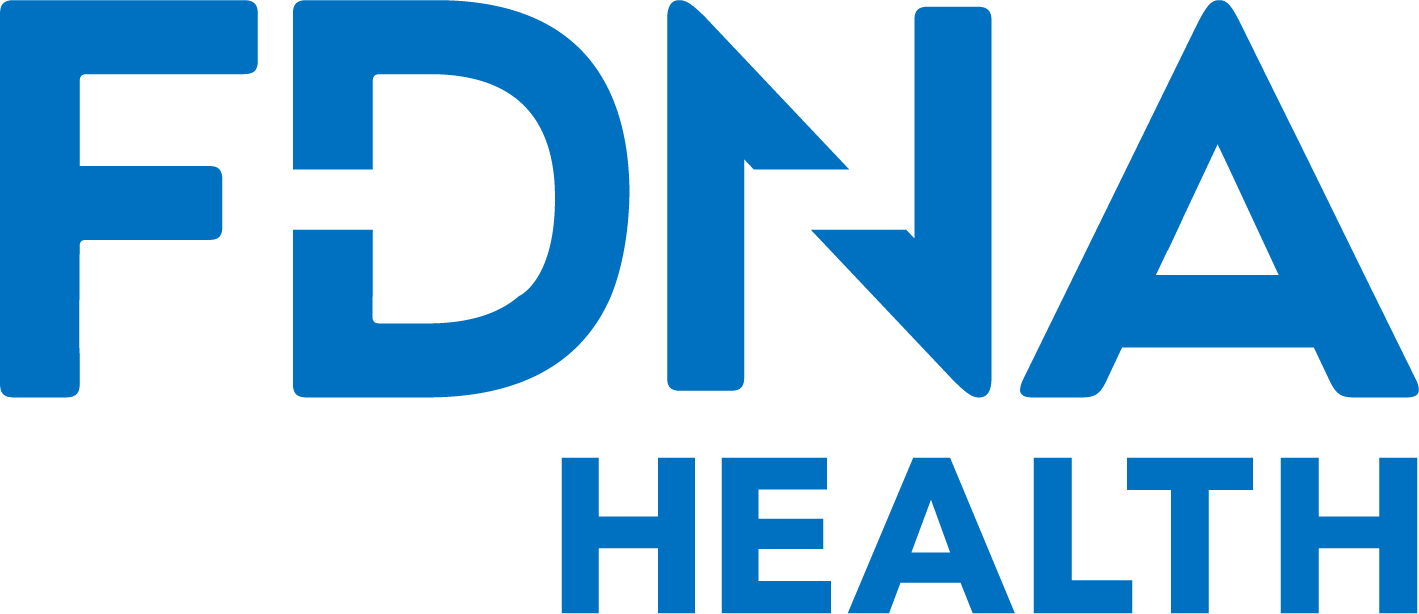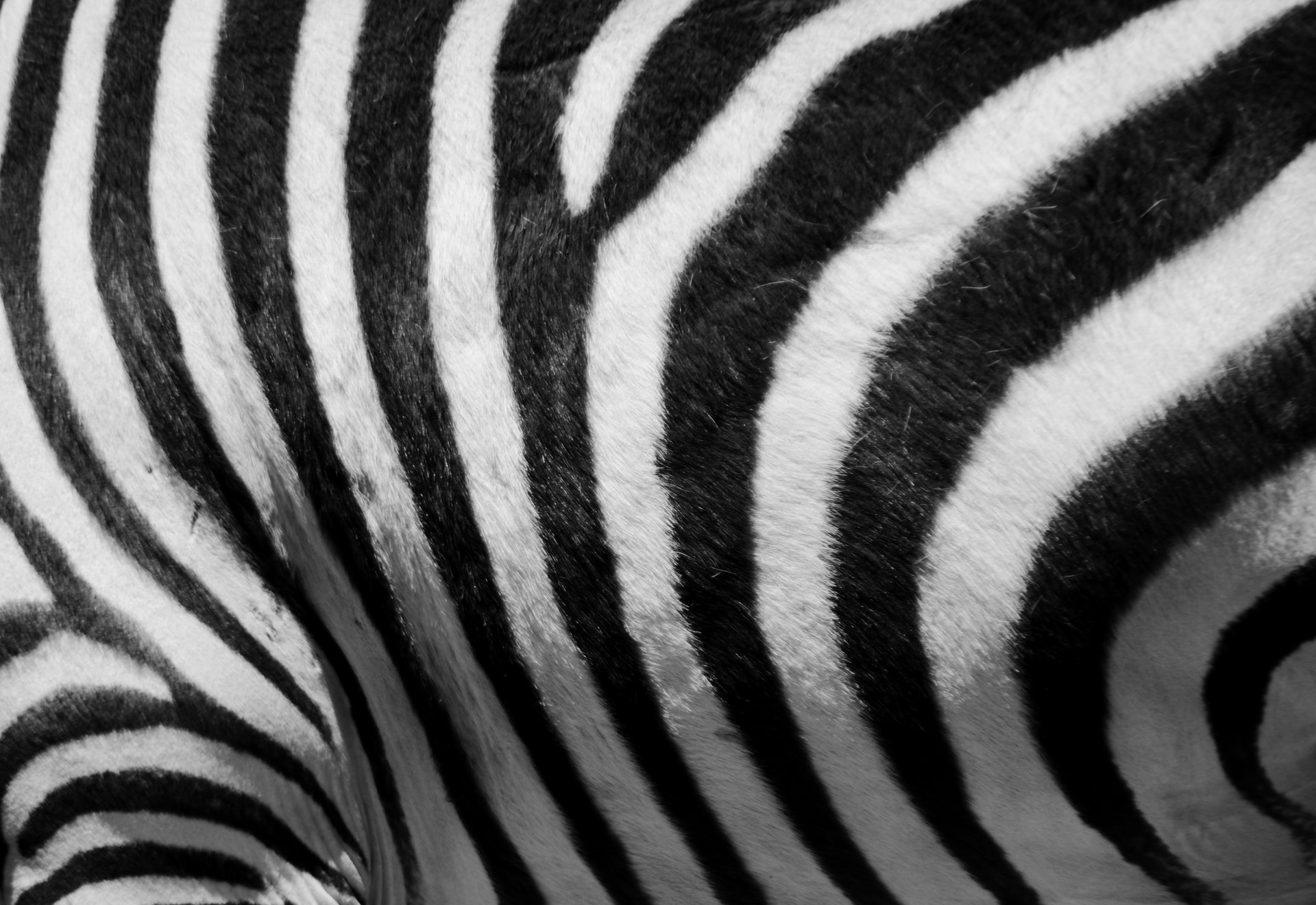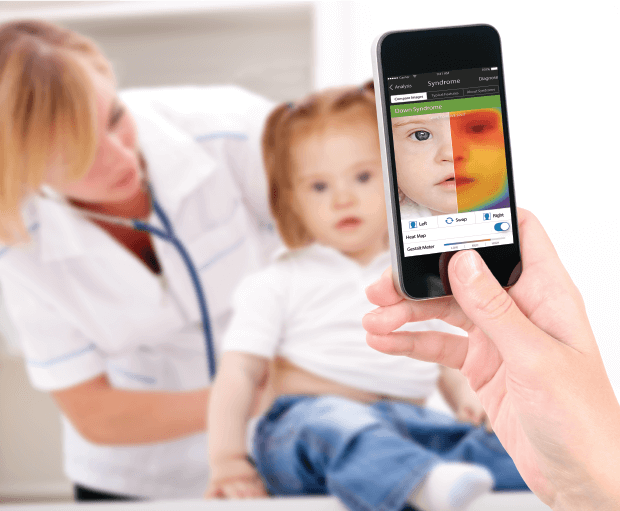Ehlers-Danlos Facial Features
Profile of a rare disease – Ehlers-Danlos syndrome
Ehlers-Danlos is a complicated genetic disorder, of which there are currently 13 major types identified. Ehlers-Danlos affects the connective tissue of the body. Connective tissue supports and structures the skin, blood, organs, bones and blood vessels of the body. Ehlers Danlos causes issues with collagen production, affecting multiple parts and systems of the body.
Ehlers-Danlos is, in the vast majority of cases, inherited. Only a very small percentage of diagnosed cases are the result of a de novo or new genetic mutation.
There are a number of genes currently identified as causing Ehlers-Danlos, and each specific gene mutation causes each different type of the syndrome. Most of the genes involved are responsible for instructing the body how to create collagen.
Ehlers-Danlos is a complicated syndrome – both due to the fact that it may be caused by one of many different genetic mutations, but also because its pattern of inheritance also varies. Some parents are silent carriers of the genetic mutation and show no symptoms, while others display symptoms. This is why it is often also referred to as a Zebra disease.
Of all the rare diseases currently identified, of which there are around 7,000, Ehlers-Danlos has one of the highest rates of misdiagnosis, at around 56%. Many individuals with Ehlers-Danlos go undiagnosed, or face a long diagnostic journey in order to receive a confirmed diagnosis. An Ehlers-Danlos misdiagnosis is still much too common for many patients.
Ehlers-Danlos facial features and symptoms
The facial features and symptoms of Ehlers-Danlos may vary according to the type of the syndrome someone has. This also makes it complicated to diagnose, as symptoms can vary so greatly between individuals with different forms of the syndrome.
Some of the different forms of the syndrome share similar symptoms – loose joints is a common symptom with classic and hypermobile Ehlers-Danlos, and this is due to the lack of collagen production as a result of each genetic mutation. Similarly issues with heart valves are common across the different types of the condition as well.
The symptoms of classic Ehlers-Danlos also include elastic, velvety skin that is fragile and bruises easily. Muscle pain and muscle fatigue are common complaints as well. In terms of unique facial features, individuals may have extra skin folds under their eyes.
Hypermobile Ehlers-Danlos presents with very similar symptoms to the classic form of the syndrome – the loose joints, susceptibility to bruising, muscle pain and fatigue, and heart valve issues. This form of the syndrome also includes degenerative joint disease that can be quite severe, as well as generalized chronic pain.
Another main form of Ehlers-Danlos is known as the vascular type. This presents with serious health and medical conditions that are unique to this form of the syndrome. It shares some skin related symptoms – thin and transparent skin, for example, and heart valve issues. However it also has unique symptoms and especially characteristic facial features – a thin nose, protruding, prominent eyes, thin lips, sunken cheeks, and a small chin. Other conditions related to the syndrome include potential collapsed lungs, and fragile blood vessels.
Ehlers-Danlos syndrome and genetic counseling
Due to the complicated nature of Ehlers Danlos – the fact that there are 13 different types, the many genetic mutations which may cause it, as well as the different inheritance patterns which control how it is passed on, as well as the varying symptoms – genetic counseling for Ehlers-Danlos is an essential support and genetic service for anyone with suspected symptoms of this rare disease, or a family history of it.
Genetic counseling can help an individual, and their family, place possible Ehlers-Danlos symptoms within the context of the syndrome, and recommend the most targeted and accurate Ehlers-Danlos genetic testing options. They can also explain that there are no current genetic tests available for hypermobile Ehlers-Danlos, as the genetic cause of this form of the syndrome has yet to be identified.
Genetic counseling will explain the different methods used to diagnose this complicated rare disease – from the genetic tests, to the use of biopsies, and echocardiograms. The diagnosis of Ehlers-Danlos can take time, multiple types of tests, and often a great deal of stress and frustration. Genetic counseling aims to make this process easier for patients and their families, and emotionally support them through it as well.
Genetic counseling can also help individuals make sense of a diagnosis, and what it means to live with Ehlers-Danlos. It can help coordinate the different areas of care an Ehlers-Danlos patient might need.
Genetic counseling is ultimately an important genetic and emotional support service for all rare disease patients.







